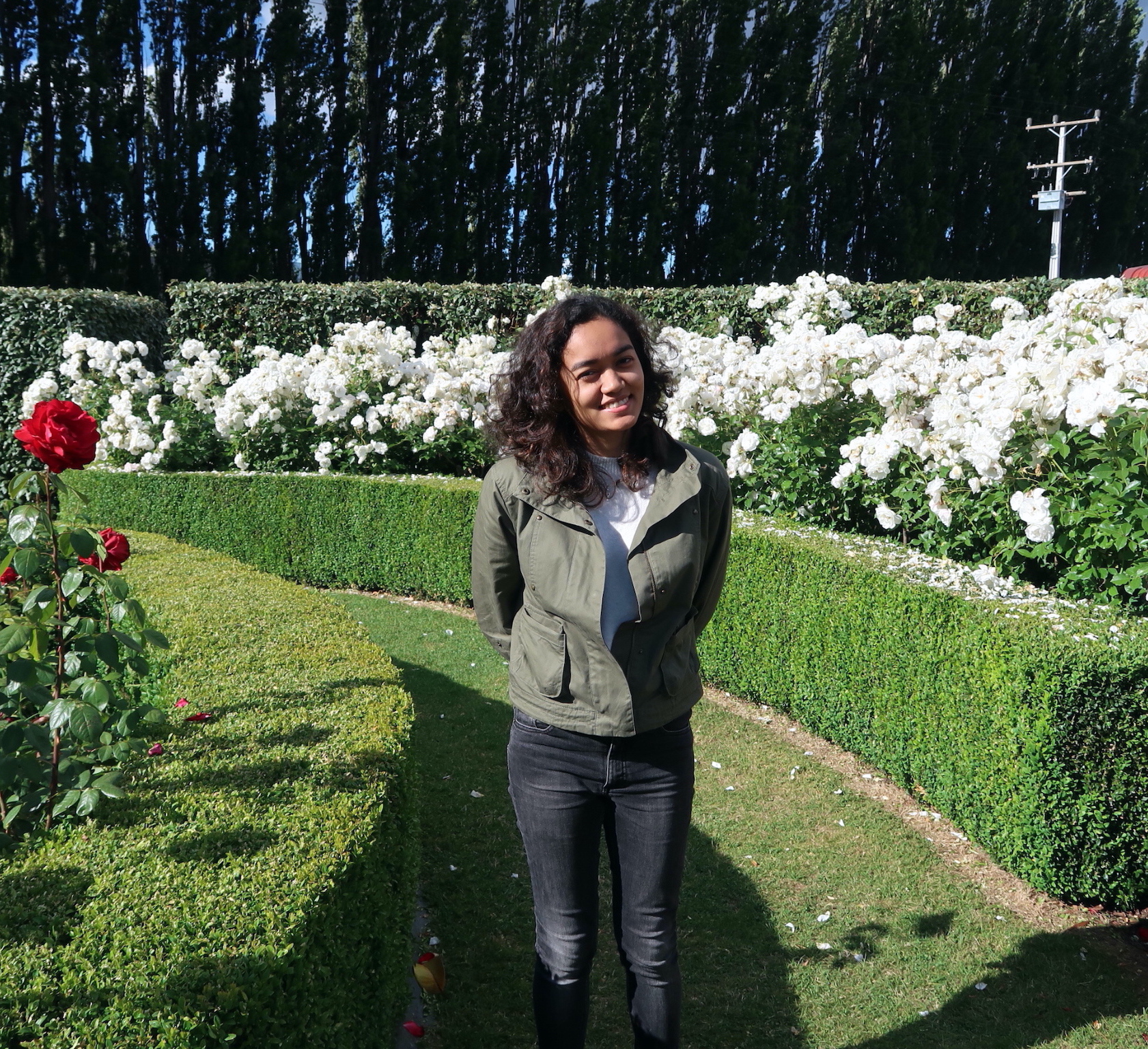Katong Antique House is pure living memory. This Peranakan house has been perfectly preserved as it was in the old days, and is filled with heirlooms and artefacts including traditional Peranakan crockery, jewellery, beaded slippers, costumes, furniture and photographs of Singapore's earlier generations of Babas and Bibiks. The vast collection can be credited to 40 long years of effort by Mr. Peter Wee, a fourth generation Peranakan who inherited the house from his maternal grandfather in 1966. Himself the great-grandson of philanthropist Tan Keong Saik, Baba Peter Wee bought, restored and sold Peranakan-related items from 1971 and eventually turned his inheritance into Katong Antique House in 1979. Although he has since passed on, his legacy, alongside Peranakan culture and heritage, continues to live on in this irreplaceable private museum.
Meet 100 years of Peranakan history at Katong Antique House.



















